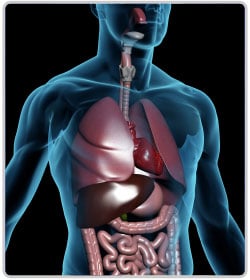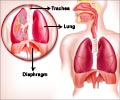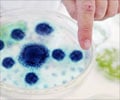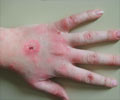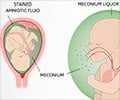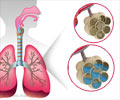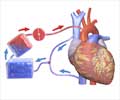Symptoms and Diagnosis
Patients with ARDS show breathlessness leading to respiratory fatigue and respiratory failure.
Symptoms of Acute (or Adult) Respiratory Distress Syndrome (ARDS) usually begin within 12 to 36 hours of exposure to the risk factor, though they may sometimes be delayed by 5 to 7 days. The patient shows features of the underlying cause such as trauma or infection. The patient suffers from the following symptoms:
Initially, the patient suffers from breathlessness with shallow breathing. The patient may breathe faster leading to respiratory fatigue and respiratory failure.
From the 7th to the 21st day, the patient may show improvement and be removed from a ventilator. Some patients may continue to show breathlessness, increase in respiratory rate and low oxygen levels.
Patients usually recover after 3 to 4 weeks. Some patients however may worsen and develop scarring of the lungs. These patients require mechanical ventilation and oxygen over prolonged periods.
Diagnosis of ARDS
Blood gases: The blood level of oxygen and carbon dioxide as well as the acidity of the blood is altered in patients with ARDS.
Chest x-ray: Chest x-ray may show opaque areas in the lungs.
Chest CT scan: Chest CT scan helps to diagnose the condition.
Kidney function tests: The kidneys may be damaged during the course of the illness; hence kidney functions should be monitored.



